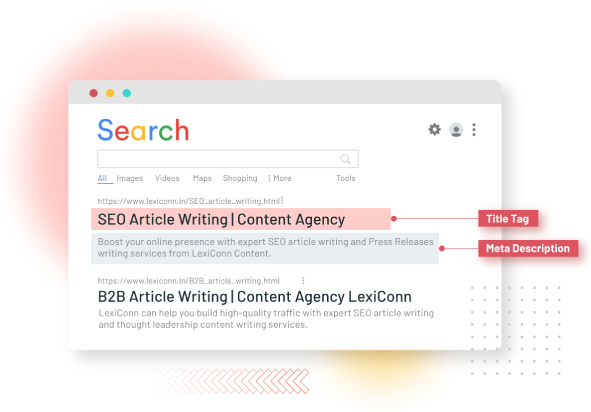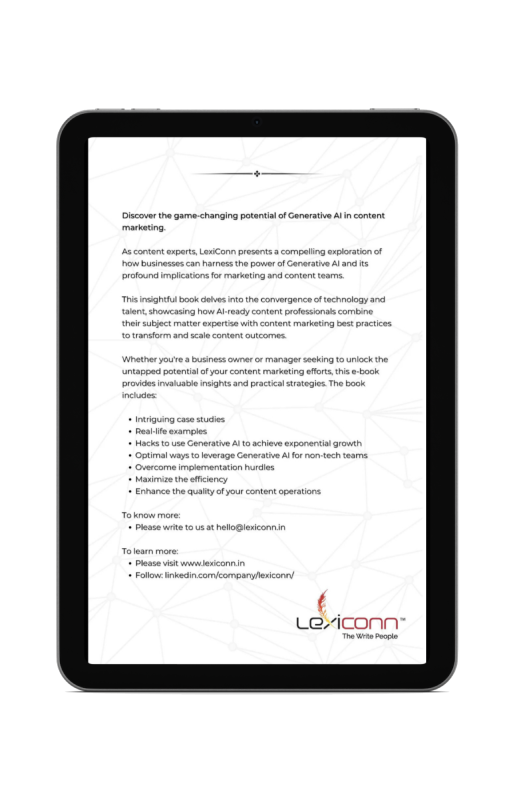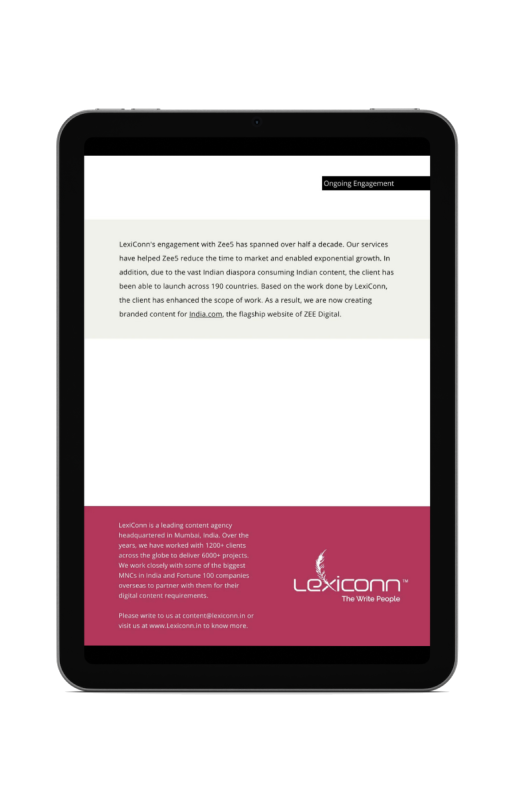

A few months ago, a client approached us at LexiConn with a puzzling issue. Despite consistently publishing high-quality content and maintaining a well-designed website, their organic traffic had plateaued. They had invested in AI-powered content generation tools and believed they were ahead of the curve. However, Google rankings told a different story. After conducting a detailed SEO audit, we uncovered several hidden SEO issues—duplicate content, broken internal links, unoptimized images, and a lack of structured data. These silent culprits were holding their website back.
This scenario is more common than most businesses realize. With AI rapidly shaping content marketing, website owners often assume that automation alone guarantees SEO success. But the truth is that even AI-generated content and automated SEO strategies can introduce new problems if not managed carefully. Hidden website problems can silently damage search rankings, and if left unchecked, they can significantly reduce your website’s visibility.
In this detailed guide, we will uncover common website SEO issues and solutions, examine AI-related SEO mistakes, and provide practical strategies for fixing hidden SEO mistakes to improve your Google ranking.
AI isn’t just a tool for creating content—it’s also a powerful ally in diagnosing and fixing SEO issues. Tools like Surfer SEO, SEMrush, and Screaming Frog use machine learning to crawl your website, identify problems, and provide actionable recommendations.
For example, AI can:
However, AI isn’t infallible. If used incorrectly, it can introduce new SEO mistakes that harm your website’s performance. Let’s dive into the most common hidden issues and how to fix them.
Most website owners focus on high-level SEO strategies such as keyword research, link building, and content marketing. While these are important, unnoticed technical SEO problems can quietly chip away at rankings. Let’s explore some of these hidden SEO killers and how they can impact your website’s performance.
Broken links, whether internal or external, create a frustrating experience for users and search engine crawlers. They signal a poorly maintained site, reducing the credibility of your content. Additionally, improper redirects—such as 302 temporary redirects instead of 301 permanent redirects—can dilute link equity and negatively impact ranking.
AI-powered content generation has made duplicate content more prevalent than ever. While Google does not explicitly penalize duplicate content, it does confuse search engines, leading to lower rankings for competing versions of the same content.
Meta tags are the first impression of your content in search results. AI tools can generate meta descriptions, but they often lack compelling hooks. Poorly written or missing meta tags can lead to lower click-through rates (CTR) and reduced organic traffic.
Google prioritizes user experience, and page speed is a major ranking factor. AI-driven websites with heavy scripts, large media files, and excessive plugins often suffer from slow loading times.
Google’s mobile-first indexing means mobile usability directly affects rankings. AI-generated websites may look great on desktops but often neglect mobile responsiveness.
AI-generated content often misuses header tags, leading to poor content hierarchy. Search engines use header tags to understand the structure of content, and improper usage can confuse both crawlers and users.
Schema markup helps search engines understand content better and can enhance search result listings with rich snippets. AI tools rarely incorporate structured data automatically, missing out on potential SEO benefits.
A missing or outdated XML sitemap can lead to poor indexation of important pages. Similarly, an improperly configured robots.txt file can block critical pages from search engines.
AI-generated content often lacks strategic internal linking, making it difficult for search engines to establish page relationships and distribute link equity effectively.
AI can speed up content creation, but search engines prioritize depth, originality, and user engagement. Low-quality, generic AI content can result in high bounce rates and lower rankings.
While AI can sometimes introduce SEO issues, it’s also incredibly effective at fixing them. Here’s how:
AI-powered tools like SEMrush and Sitebulb can crawl your website and generate detailed reports on website problems. These tools highlight issues like duplicate content, broken links, and missing meta tags, allowing you to address them quickly.
Platforms like Clearscope and Frase use AI to analyze top-performing content in your niche and provide recommendations for improving your own content. From keyword usage to readability, these tools ensure your content is optimized for both search engines and users.
AI tools like Google Analytics and Moz Pro track your Google ranking and provide insights into how your website is performing. They can alert you to sudden drops in traffic or rankings, allowing you to take corrective action before the problem escalates.
AI can analyze user behavior on your website and suggest improvements to enhance the user experience. For example, heatmaps and session recordings can reveal which pages are causing frustration or leading to high bounce rates.
Use AI-powered tools to identify common website SEO issues and solutions. Look for duplicate content, broken links, slow load times, and missing meta tags.
Rewrite or consolidate duplicate content, fix broken links, and optimize meta tags. Use AI tools to ensure your content is keyword-rich but not overstuffed.
Compress images, enable caching, and minimize code to speed up your website. Use a CDN to ensure fast load times for users across the globe.
Regularly track your Google ranking and website performance using AI tools. Make adjustments as needed to stay ahead of the competition.
At LexiConn, we specialize in creating data-driven content strategies that not only engage your audience but also rank high on search engines. Our team of experts uses cutting-edge AI tools to identify and fix hidden SEO mistakes, ensuring your website performs at its best.
Here’s how we can help:
AI has transformed content marketing, but it’s not without its pitfalls. From duplicate content to slow load times, hidden SEO mistakes can harm your Google ranking and undermine your efforts. However, with the right tools and strategies, you can identify and fix these issues to ensure your website performs at its best.
At LexiConn, we combine human expertise with AI-powered tools to create content strategies that drive results. Whether you’re looking to fix ranking issues or optimize your website for better performance, we’re here to help.
Ready to take your content strategy to the next level? Contact LexiConn today, and let’s create something extraordinary together.



I have read and accept the Privacy Policy
Read More